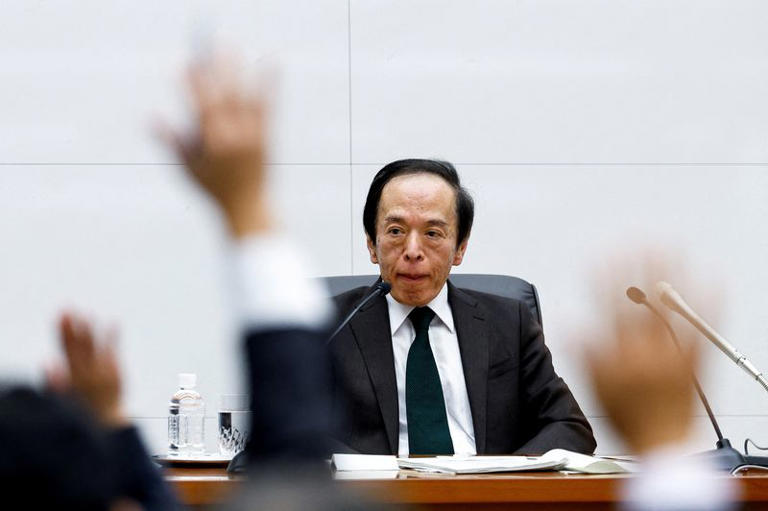The Bank of Japan (BOJ) is navigating the intricate landscape of monetary policy with a measured approach, as Governor Kazuo Ueda underscored in his recent address on Monday. Against the backdrop of Japan’s protracted experience with ultra-easy monetary policy, Ueda acknowledged the nuanced challenges that the central bank faces in steering the country’s economy towards its inflation target.
Ueda began by acknowledging the progress made in steering Japan away from zero and fostering inflation expectations. This acknowledgment reflects the BOJ’s continuous efforts to stimulate economic activity and stoke inflation, which has been a longstanding goal in the face of deflationary pressures.
However, Ueda made it clear that the path to achieving the BOJ’s 2% inflation target requires cautious and deliberate steps, echoing the prudent approach adopted by other central banks with similar inflation-targeting frameworks. This cautious stance reflects the BOJ’s recognition of the unique challenges that Japan faces, shaped by its history of prolonged economic stagnation and unconventional monetary policies.
One of the key challenges highlighted by Ueda is the difficulty in accurately estimating the neutral interest rate in Japan’s economic context. Given the prolonged period of near-zero short-term interest rates spanning three decades, Japan’s economic landscape presents a distinctive challenge in assessing the impact of interest rate changes on the economy. The absence of significant interest rate movements complicates the BOJ’s ability to gauge the economy’s response to monetary policy adjustments accurately.
In parallel, BOJ Deputy Governor Shinichi Uchida shared insights into Japan’s evolving economic landscape, expressing confidence that the country is nearing the end of its battle against persistent deflation. Uchida attributed this optimism to structural shifts in the labor market, which have addressed underlying causes of deflation, such as excess labor supply.
Uchida also emphasized the BOJ’s transition back to a conventional monetary policy framework, signaling a departure from radical stimulus measures in favor of more traditional policy tools. This shift underscores the BOJ’s confidence in its ability to achieve price stability and overcome the zero lower bound on interest rates.
The BOJ’s cautious approach aligns with its commitment to gradualism and data dependency, as it seeks to navigate the complexities of policy normalization while maintaining economic stability. Market expectations of imminent tapering of bond purchases and interest rate hikes reflect the growing anticipation of policy normalization by the BOJ.
Overall, the BOJ’s nuanced approach to monetary policy reflects its recognition of the unique challenges facing Japan’s economy and the importance of adopting a careful and deliberate strategy to achieve its inflation target sustainably.
